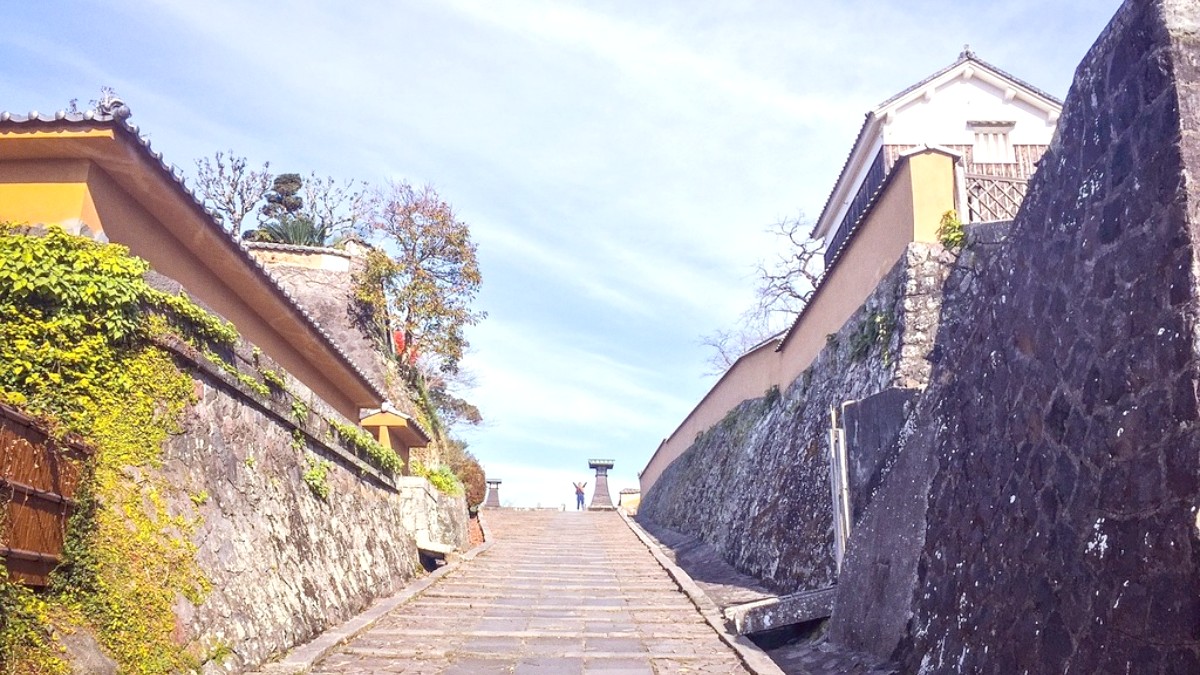
Kyushu, Japan
The city itself developed around the Shirakawa River, which flows through its center before emptying into the Ariake Sea to the west. This proximity to the sea influences the local climate and provides fresh seafood, a culinary highlight. Neighboring prefectures include Fukuoka to the north, Miyazaki and Oita to the east, and Kagoshima to the south. This central position positions Kumamoto as an ideal base for exploring wider Kyushu. The efficient Shinkansen (bullet train) network connects Kumamoto quickly to Fukuoka and Kagoshima, making multi-city itineraries easy to plan. The varied terrain, from the volcanic highlands of Aso to the coastal plains and islands of Amakusa, provides a diverse range of activities for every visitor.
Kumamoto's central position in Kyushu makes multi-city itineraries easy to plan, with quick Shinkansen connections to Fukuoka and Kagoshima.
The varied terrain, from volcanic highlands to coastal plains, presents a diverse range of activities for every visitor.
Kumamoto's history is a story of samurai, feudal lords, and resilience. Its most famous landmark, Kumamoto Castle, defines much of the city's historical narrative. The renowned samurai lord Kato Kiyomasa built the castle in the early 17th century. This fortress became a stronghold, showing sophisticated defensive architecture that withstood the Satsuma Rebellion in 1877.
Beyond the castle, Kumamoto served as the center of the Higo Domain during the Edo period (1603-1868), ruled by the Hosokawa clan. Their influence shaped the city's cultural landscape, leading to the creation of beautiful gardens like Suizenji Jojuen and fostering traditional arts and crafts. Traces of this feudal past remain in preserved samurai residences and historical neighborhoods.
A meticulously designed classical Japanese garden.
Influence of the Hosokawa clan during the Edo period.
Preserved historical neighborhoods reflecting feudal past.
City faced immense challenges, with extensive damage to the castle.
Dedicated rebuilding work reflects Kumamoto's enduring spirit.
The city also faced immense challenges. Most recently, the 2016 Kumamoto earthquakes caused extensive damage, specifically to the castle. The careful restoration efforts since then reflect the enduring spirit of the people of Kumamoto.
The 2016 Kumamoto earthquakes damaged the castle significantly. Determined, careful restoration efforts are underway, reflecting the city's enduring spirit and its commitment to preserving heritage.
The dedication to rebuilding and preserving its heritage adds a layer of contemporary significance to its long history. The city's past, marked by both grandeur and adversity, shapes its identity and welcomes visitors to explore its rich legacy.
Kumamoto's history, marked by both grandeur and adversity, shapes its identity and invites visitors to explore its rich legacy.
Kumamoto offers a captivating experience, blending historical depth with natural wonders and a welcoming local atmosphere. The city’s icon, Kumamoto Castle, is a testament to its enduring spirit, with impressive restoration work allowing visitors to appreciate its grandeur once again.
You can explore the castle grounds, marvel at its innovative stone walls, and ascend to its main keep for panoramic city views. Adjacent to the castle, the Sakuranobaba Johsaien complex provides a lively entry point into local culture. Here, traditional shops and eateries offer a taste of Kumamoto's culinary delights and a chance to purchase local crafts. A short tram ride away, the serene Suizenji Jojuen Garden invites quiet contemplation with its meticulously sculpted landscapes and miniature Mount Fuji. It is a prime example of classical Japanese garden design.
Explore impressive restoration work and panoramic city views from the main keep.
A lively complex offering local cuisine and traditional crafts.
A serene garden featuring meticulously sculpted landscapes and miniature Mount Fuji.
Beyond the city's core, Kumamoto Prefecture offers dramatic natural landscapes.